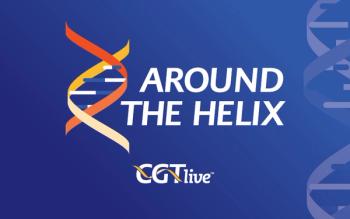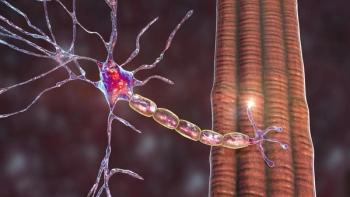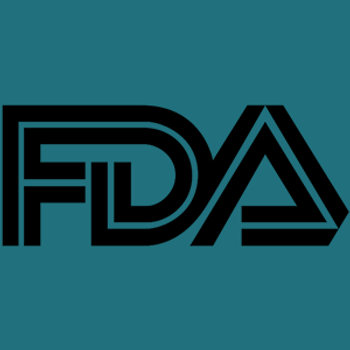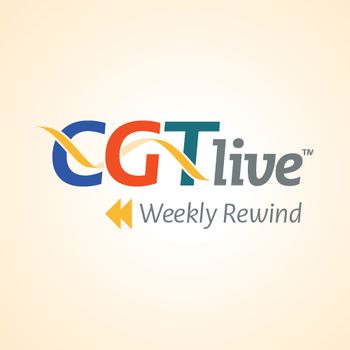
Considerations for β-Thalassemia Gene Therapy in the Real World
Tami John, MD, a clinical associate professor at Stanford Medicine, discussed considerations for using beti-cel and exa-cel for TDT in the clinic.
This is the second part of an interview with Tami John, MD. For the first part,
CGTLive® spoke to Tami John, MD, a clinical associate professor at Stanford Medicine, about the real world experience so far with gene therapy products for transfusion-dependent β-thalassemia (TDT), which include bluebird bio’s betibeglogene autotemcel (beti-cel; marketed as Zynteglo), an autologous, lentiviral gene-addition therapy that delivers a modified form of the β-globin gene into patients’ hematopoietic stem cells ex vivo before reinfusion into the patient, and Vertex Pharmaceuticals and CRISPR Therapeutics’ exagamglogene autotemcel (exa-cel; marketed as Casgevy), a CRISPR/Cas9 gene-editing cell therapy. John explained that so far the products have shown similar efficacy and safety profiles, but noted that more data is needed.
She also spoke about considerations for patients and their families regarding the risks of the busulfan conditioning regimens required for the therapies and about manufacturing outcomes for the 2 therapies. John also touched on necessity of more long-term data regarding off-target effects on the genome.
CGTLive: So far with the real-world experience for TDT gene therapy, have there been any major lessons learned?
Tami John, MD: My experience has been that the patients tolerate the therapy quite well. It is a long process, even with just the transplant. When I compare it to gene therapy for sickle cell disease, the collection of stem cells is easier, and it's the same process for either FDA-approved product. The engraftment time is longer than expected, so being patient and waiting for that time to engraftment [is important]. But as far as the efficacy outcomes, so far I don't know that we have enough numbers. I personally have seen very positive outcomes as far as efficacy in all that I've treated so I think that's very exciting. I also haven't seen significant busulfan toxicities just yet and I think that is also really key.
Actually going back to the main reasons why access is limited, aside from physical barriers, for those who recognize or are referred for treatments the concept of chemotherapy and the idea that this is very likely to cause infertility, especially for somebody who can't make their own decision as a child about their medical health, is a limiting factor. I have patients that are still coming and they hear about the therapy and we have to have ongoing conversations about the toxicity, particularly fertility, so that's something that we still need to work on. It just depends on the family's values. It's influenced by culture, often, and a lot of family-specific values...
But so far I don't know that there's any specific difference [between the gene therapies]—manufacturing is something long-term we probably need to look at—if there's a benefit or a difference in the manufacturing process between the products as far as how fast and how efficient it can be manufactured, how many products fail to manufacture (ie we have an intention to treat but at the end of the day, we can't get a product out of the manufacturing). So far, I again, have not had trouble. I have heard through the real world that people are having some difficulty, either with volumes or with some of the requirements with manufacturing. But so far, for both products, we haven't seen numbers that indicate one is more difficult or problematic than the other. If you can have a less costly and more efficient manufacturing process, that may be a highly sought out therapy, for sure.
Are there any important areas of interest for future research with these therapies?
We definitely need more long-term data, and I would say probably especially for exa-cel. I do think we need long-term data just because the biologics license application data and the published data are significantly shorter. I think the major thing that we want to look at is that there's not any off-target effect that's going to be deleterious to the genome; whether that is an off-target effect that causes a gene to not work very well (unlikely but still something just to consider) and then whether that off-target effect is oncogenic in some way (also seemingly unlikely, but to prove that, I think, will be really quite important.)
This transcript has been edited for clarity.
REFERENCES
1. FDA approves first cell-based gene therapy to treat adult and pediatric patients with beta-thalassemia who require regular blood transfusions. News release. FDA. August 17, 2022. Accessed June 24, 2025. https://www.fda.gov/news-events/press-announcements/fda-approves-first-cell-based-gene-therapy-treat-adult-and-pediatric-patients-beta-thalassemia-who?utm_medium=email&utm_source=govdelivery
2. Vertex Announces US FDA Approval of CASGEVY™ (exagamglogene autotemcel) for the Treatment of Transfusion-Dependent Beta Thalassemia. News release. January 16, 2024. Accessed June 24, 2025. https://news.vrtx.com/news-releases/news-release-details/vertex-announces-us-fda-approval-casgevytm-exagamglogene
Newsletter
Stay at the forefront of cutting-edge science with CGT—your direct line to expert insights, breakthrough data, and real-time coverage of the latest advancements in cell and gene therapy.











































